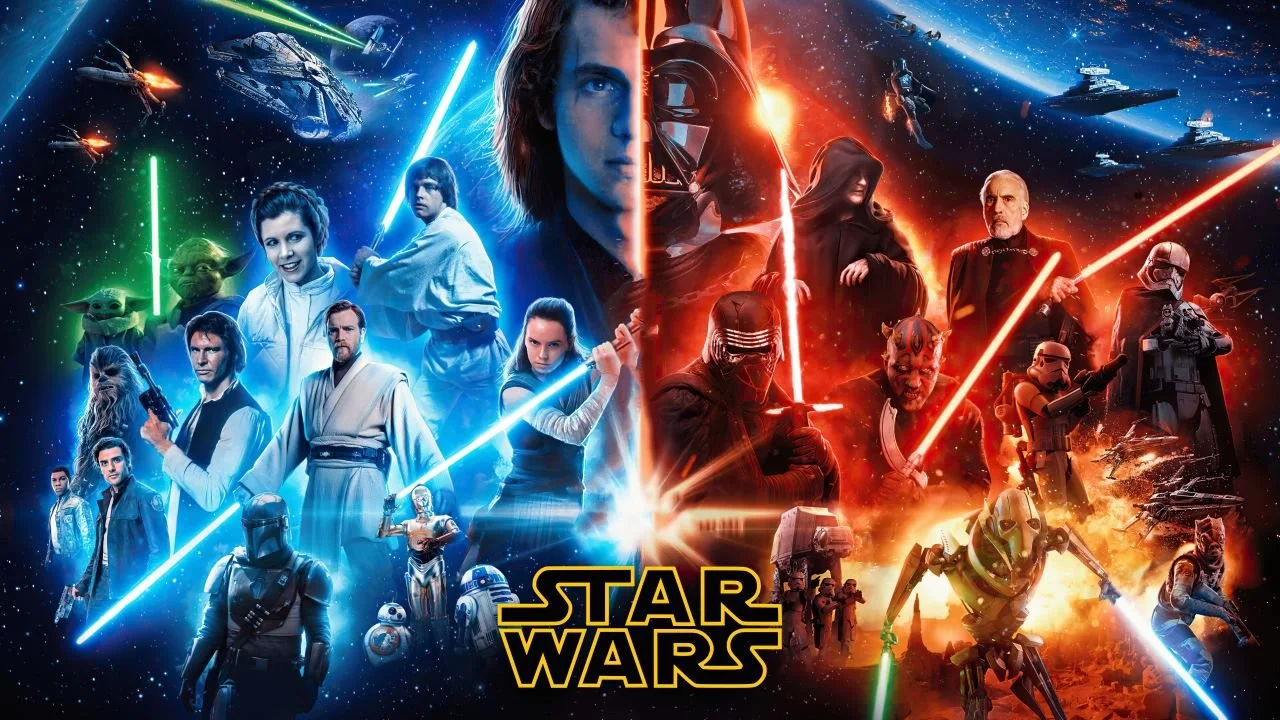‘Star Wars’ And How It Uses Serialized Storytelling
At its conception, Star Wars was based on the serialized stories of Buck Rogers and Flash Gordan with a mix of Dune put in. Hence why eventually George Lucas would change the title of original 1977 Star Wars to Episode IV: A New Hope. By doing this he gave the sense that this story was not just going to be one movie, or even two, but a series of various films all telling one singular story. A single film does not necessarily need to finish or wrap up the entire story. It can seed something and play with it at a later date. While serialized storytelling has been part of the Star Wars DNA, has it been utilized to its natural extent?
Plot Holes Or Seeds
When making a Star Wars film, or a television series, it is often asked what is considered a plot hole. For example, when an arc is incomplete that does not mean that the film has a plot hole. It just means that it will get wrapped up in a later film or piece of medium. Star Wars is a multimedia franchise where everything from books, comics, movies, and television play into everything and the overarching story being built.
RELATED: A New Book Sheds Light On A Time Gap From 'Attack of the Clones' Ending
The promise of a character continuing in some other format is always more pleasing than a character ending, especially in a serialized story like Star Wars. Things can be played out over longer periods of time. A character's story can continue throughout other media like books, comics, and even movies and television series. A story is never over. It is just an arc or a segment of a larger story.
Even death is not the end. For example, a character like Darth Maul was supposedly killed in The Phantom Menace only for his story to be continued in Clone Wars and Rebels animated series. The continuation of his story adds depth to his character, and makes him a greater character in the eyes of many Star Wars fans. Again this is an example of the nature of serialized storytelling.
Embracing The Infinite
With an infinite amount of Star Wars it would seem foolish to try and completely tell the life of one character in a single story, let alone a series or even a trilogy. Characters have the ability to pop in and out of anything and everything Star Wars so long as the story is being told in a certain time frame. Stories can retroactively make other stories better just by building upon something or in some cases going back and adding extra context to the story, improving it within the overall narrative that is being chosen.
For instance, imagine if a character like Finn, who is now a Jedi, was able to continue his mission of helping the Stormtroopers, which he was unable to do in the sequel trilogy. Imagine continuing to watch Rey grow into a powerful Jedi Master. Such ongoing storytelling will make previous films of the sequel trilogy even stronger when they are just one part of a much larger story being told, much like many books and comics did for the story of Luke and his friends.
Whether going backward or forward, the serialized nature of Star Wars storytelling is crucial to the makeup of the franchise with its ability to tell a story in multiple sections, never really leaving anything out, and always going back to a plot point sooner rather than later. The Star Wars universe is ever expanding. All the various stories link together, making things better, and adding to the rich history and lore of that galaxy far, far away.
READ NEXT: Opinion: Should Rey Return In Future 'Star Wars' Projects?

